Leeds Castle, Kent.
Britain's prettiest palaces fit for a king
Royal surrounds
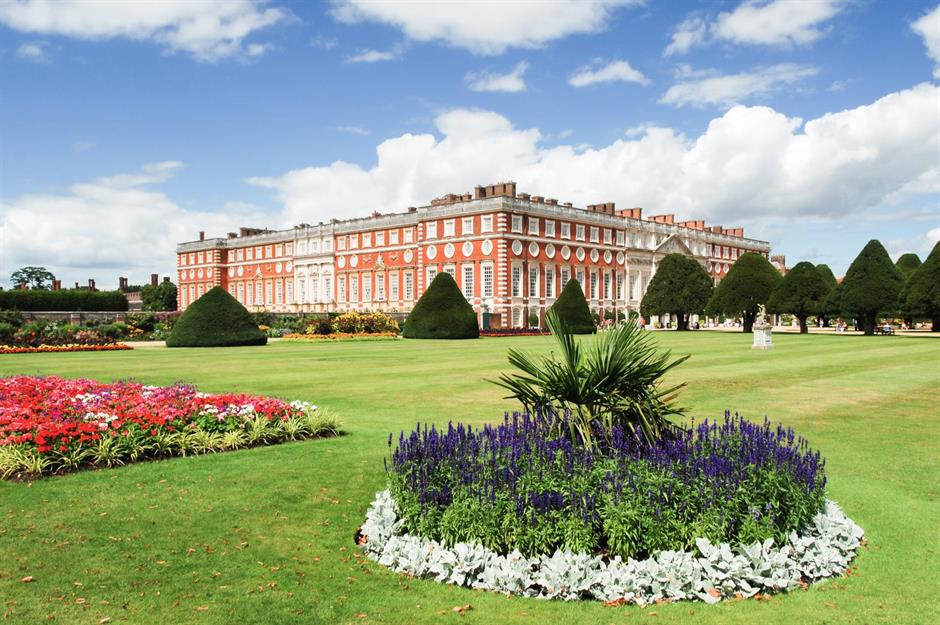
Britain has no shortage of beautiful palaces, from working royal residences to the kingly abodes of times gone by. Here we delve deep into British history and bring you a virtual tour of the nation's prettiest palaces.
Scroll on through the gallery to discover Britain's most regal buildings...
Buckingham Palace, London, England
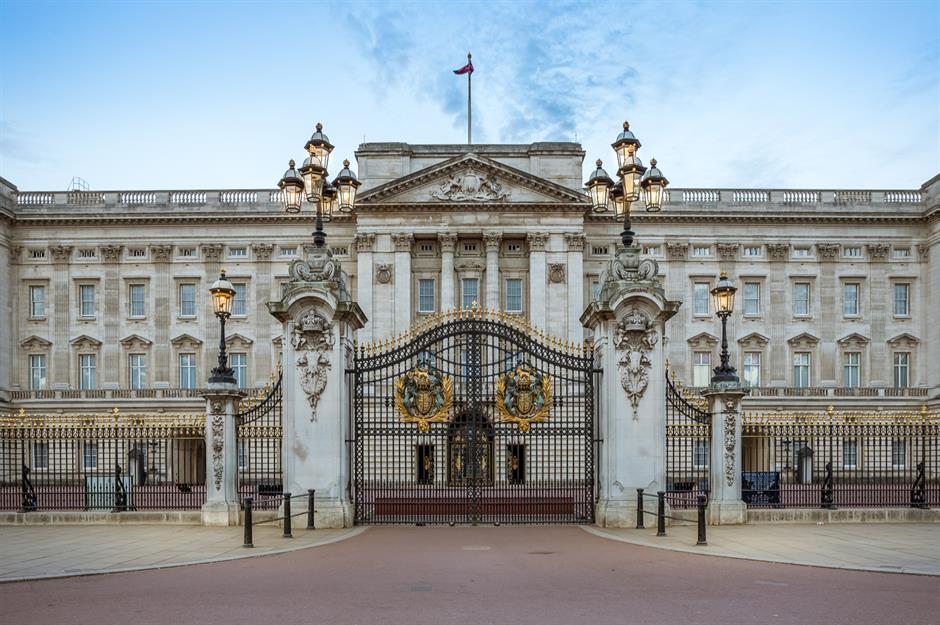
The grande dame of Britain’s royal residences, Buckingham Palace is the home of His Majesty the King and the administrative headquarters of the monarchy. But it has not always looked quite so grand as it does today: it began life as Buckingham House, a sizeable town house constructed in 1703 for the Duke of Buckingham.
It wasn't until the late 1820s that it would become a palace: George IV, who acquired the house from his father, set about making it a lavish abode fit for royalty.
Buckingham Palace, London, England
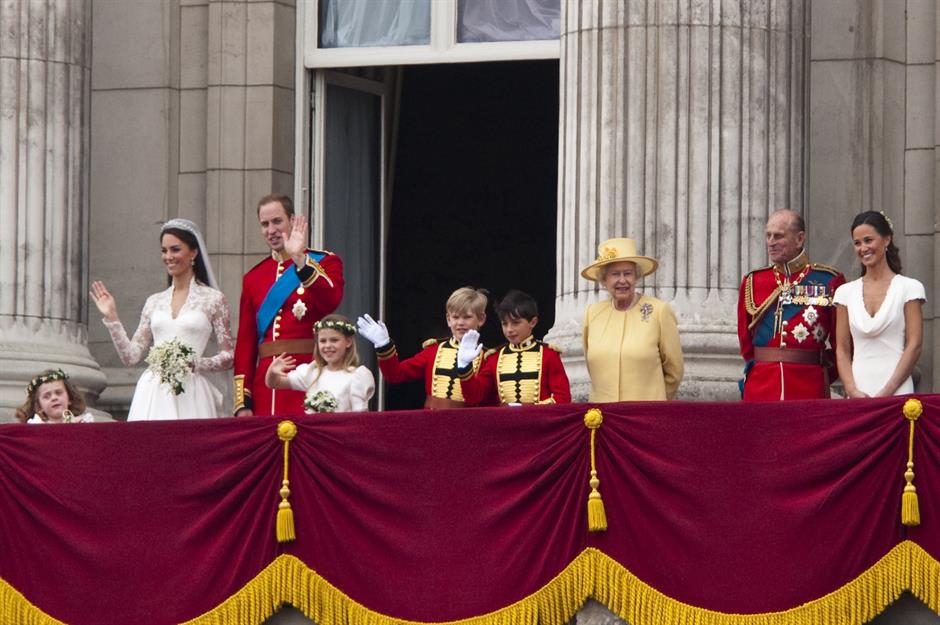
George IV died before the palace's completion, however, and the first monarch to call Buckingham Palace home was Queen Victoria. She moved in in 1837 and added a fourth wing to the already sprawling estate.
Today, the palace has some 775 rooms, over 200 bedrooms (including royal, guest and staff sleeping quarters), 78 bathrooms and 19 state rooms. Its Neoclassical façade has become a symbol of Britain the world over, serving as a backdrop for many significant royal moments.
Buckingham Palace, London, England
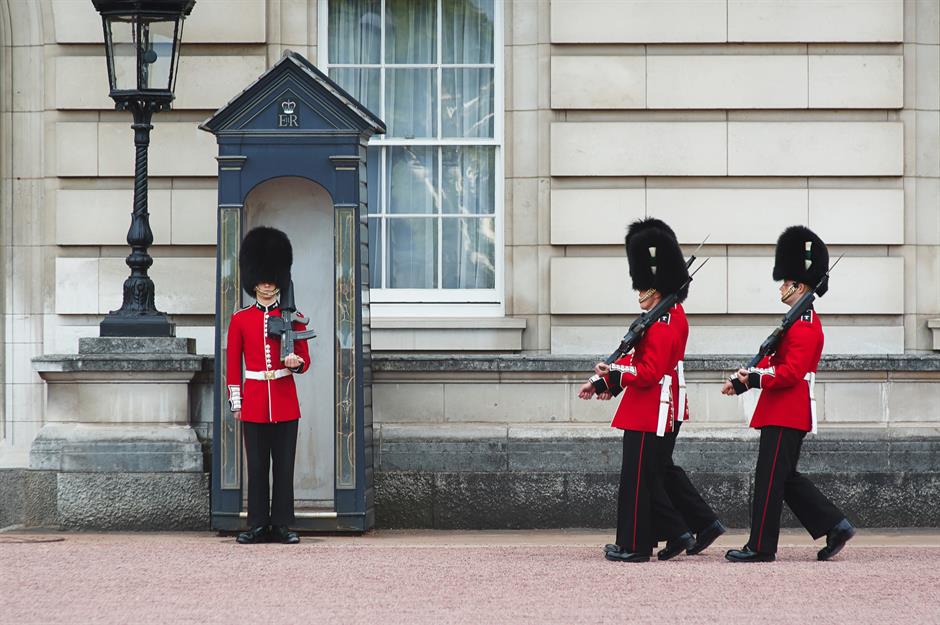
The glittering state rooms are typically open to the public through the summer months, and the deep red Throne Room and the ornate Ball Room are among the most impressive. Taking place before the palace's grand façade, the changing of the guard ceremony (pictured) is another popular attraction.
This ritual, with all its pomp and pageantry, is free to watch and usually takes place on Mondays, Wednesdays, Fridays and Sundays.
Holyrood Palace, Edinburgh, Scotland
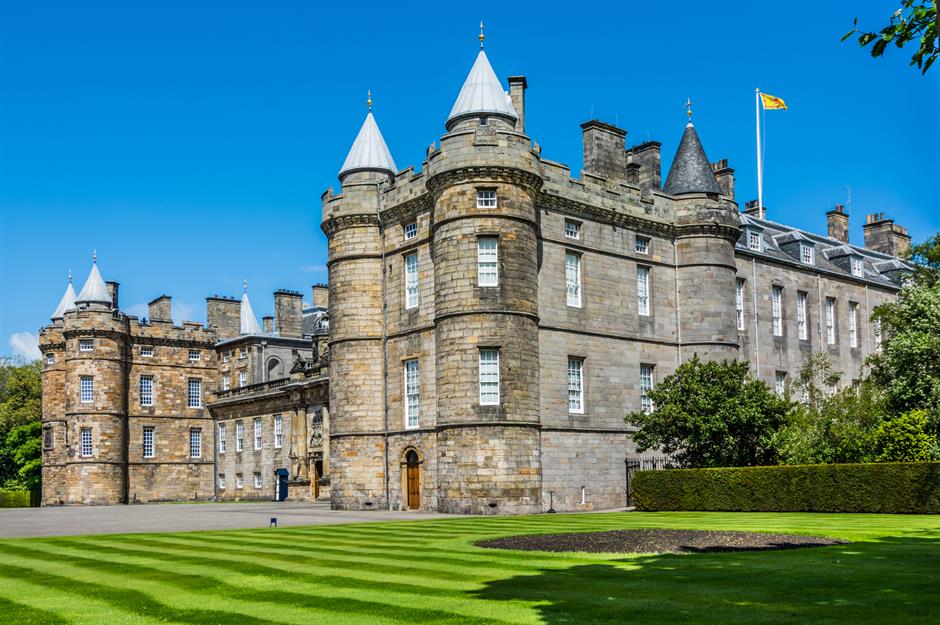
This turreted fortress is the King's official residence in the Scottish capital today, but a whole host of royals preceded him. It's thought that the palace's abbey dates back to 1128, with royal chambers added soon after. Then, in 1503, James IV extended these chambers into a sumptuous royal palace.
Holyrood Palace, Edinburgh, Scotland

From here on, Holyrood would be tinkered with by every monarch who sat on the throne, from Scotland's James V and Mary, Queen of Scots through to Queen Victoria and eventually George V. The once-glorious abbey stands ruined now, but it still retains a sense of majesty.
It was, in its day, one of the county's finest ecclesiastical buildings. Another highlight is the flower-filled gardens that spread out for 2.5 acres.
Love this? Follow us on Facebook for more travel inspiration and tales from history
Holyrood Palace, Edinburgh, Scotland
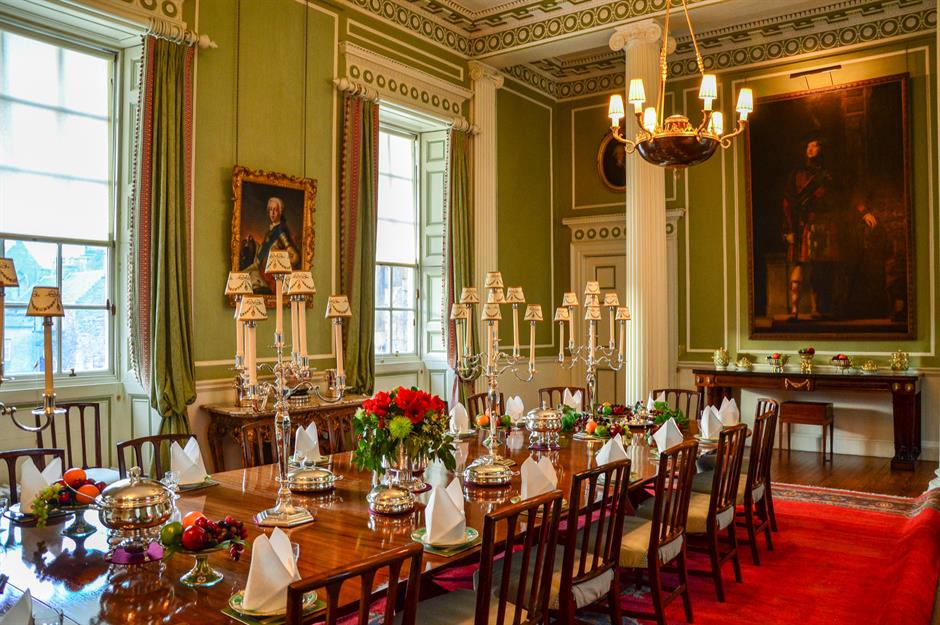
Highlights within the working palace include the grand State Apartments, the Royal Dining Room (pictured), the preserved bedchamber of Mary, Queen of Scots, and the portrait-lined walls of the Great Gallery. The King's annual Scottish garden party, in which 8,000 Scottish notables are entertained, usually also takes place in the manicured grounds.
Kensington Palace, London, England
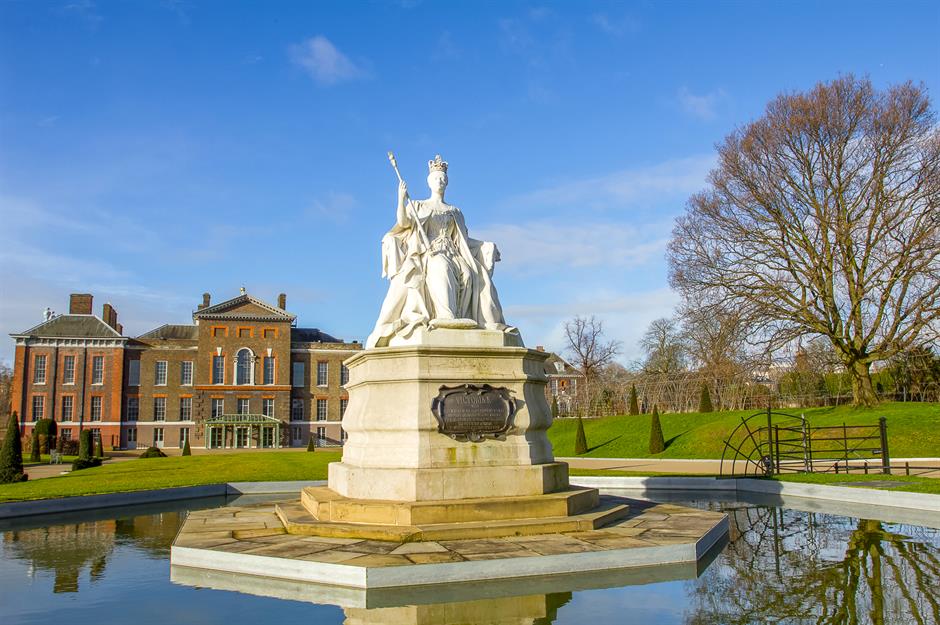
A grand marble statue of Queen Victoria fronts this London palace. Victoria was born and spent her formative childhood years here, though upon becoming queen (in 1837) she eschewed Kensington in favour of Buckingham Palace.
The estate was originally called Nottingham House, before it was bought by King William III in 1689, who commissioned architect Christopher Wren to transform it into an elegant palace.
Kensington Palace, London, England

The grounds are as impressive as the interior at this royal palace: crowning jewels include the Orangery and the Sunken Gardens (pictured), a bright, ornamental plot dating back to 1908. Themed exhibitions draw visitors, while the grand estate is also the residence and royal offices of the Duke and Duchess of Cambridge.
Scone Palace, Scone, Scotland
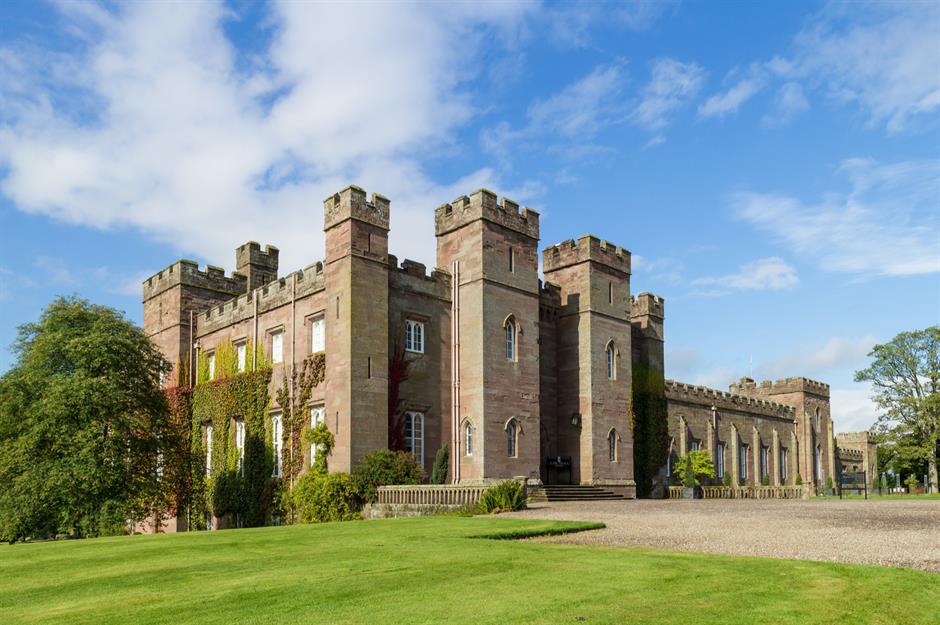
Imposing Scone Palace is still known as the 'crowning place of Scottish Kings', though a coronation hasn't taken place here since 1651, when King Charles II ascended the throne. The Kingdom was established in the 9th century by Kenneth MacAlpin, recognised as the first King of Scots. From here on, Scottish monarchs were crowned on Moot Hill, which is marked by a small chapel.
Scone Palace, Scone, Scotland
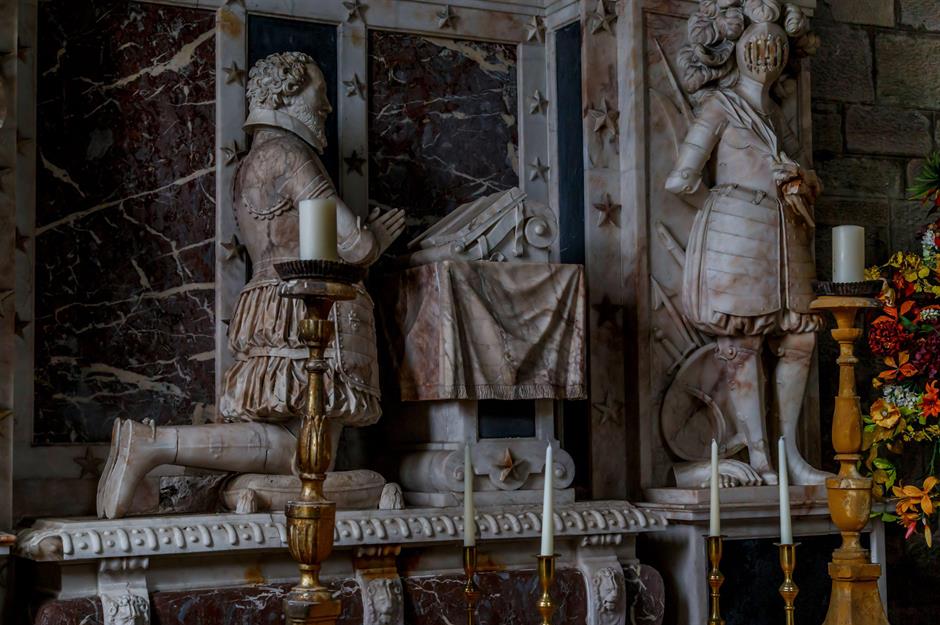
Robert the Bruce and Macbeth were among the most famous men to be crowned at Scone. Today the palace's luxurious state rooms are still filled with antiquities and the 100-acre grounds are home to a popular star-shaped maze.
Between April and October, the site is open to the public daily.
St Davids Bishop's Palace, Pembrokeshire, Wales
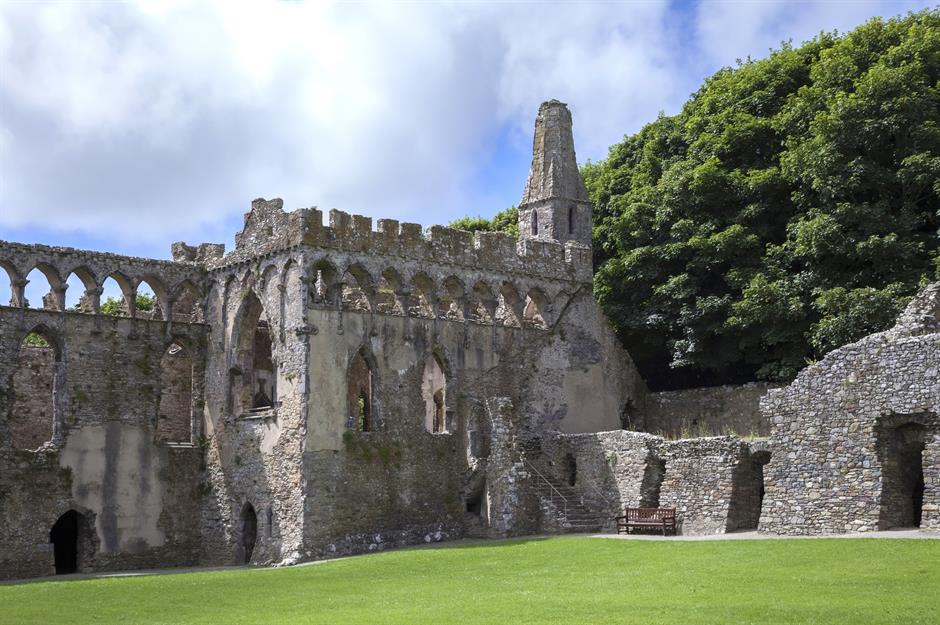
Often dubbed the Castle of Wales, St Davids Bishop’s Palace has seen better days indeed. But the decorated stonework that remains pleases medieval history buffs nonetheless.
The palace was originally established by its namesake, Saint David, way back in the 6th century. But the current shell was predominantly the vision of Henry de Gower, who was bishop of St Davids from 1328 to 1347.
St Davids Bishop's Palace, Pembrokeshire, Wales
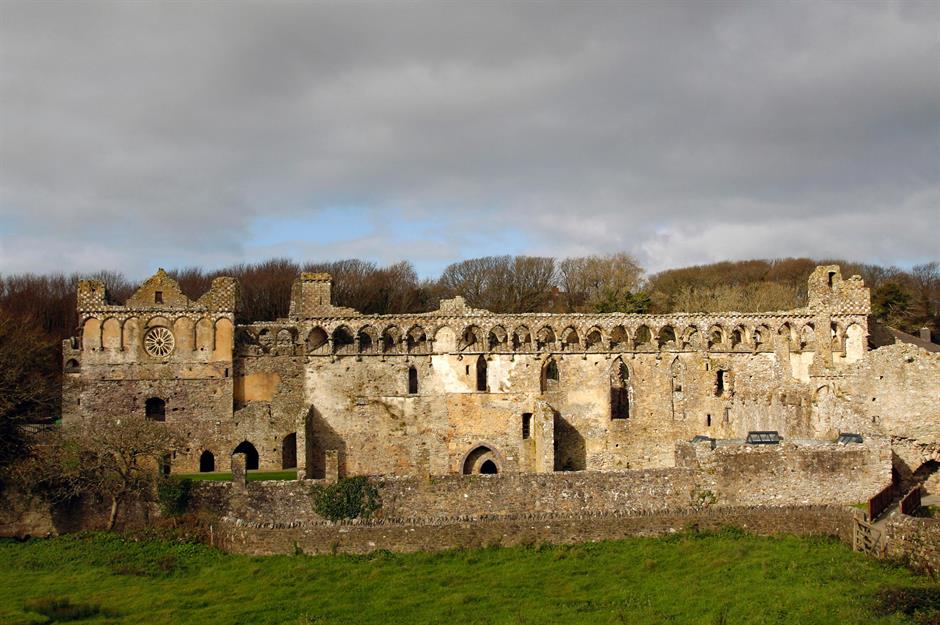
In its heyday the building would have included a vast banqueting hall. Today this hall is a roofless shell, but visitors can usually still get a feel for the grand space since the towering walls remain intact.
Another pretty feature is the wheel-shaped window with its trefoil detailing, which has been preserved since the 14th century. The palace is open to the public throughout the year, although times do vary depending on the season.
Blenheim Palace, Woodstock, England
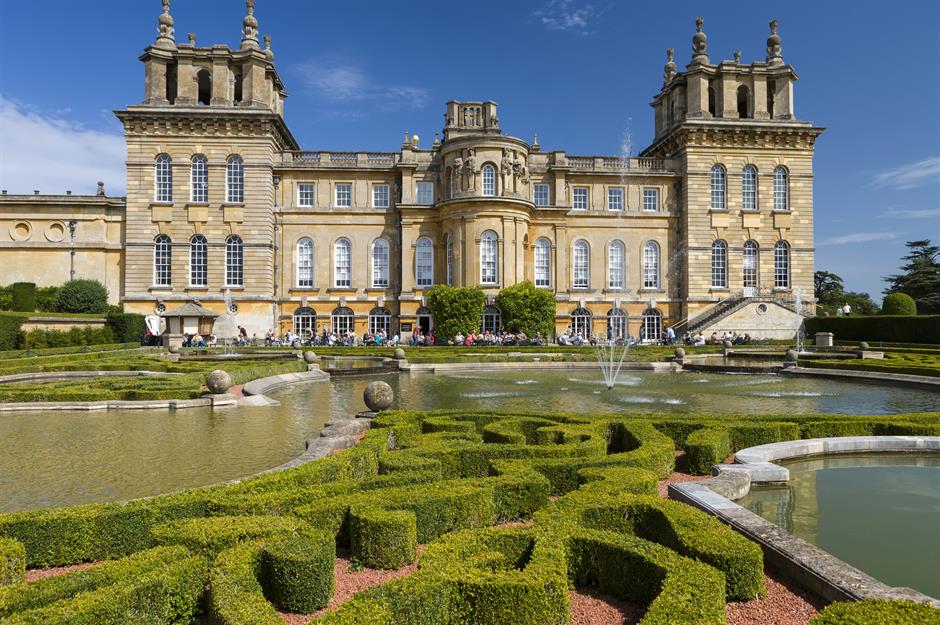
This palace was constructed as an extravagant gift from Queen Anne to John Churchill, 1st Duke of Marlborough, after he returned victorious from the 1704 Battle of Blenheim. It is also famous as the birthplace of John Churchill's ancestor Winston Churchill, the UK's Prime Minister from 1940 to 1945, and again in the early 1950s.
The Churchill Trail takes visitors past some of the late politician's favourite spots.
Blenheim Palace, Woodstock, England
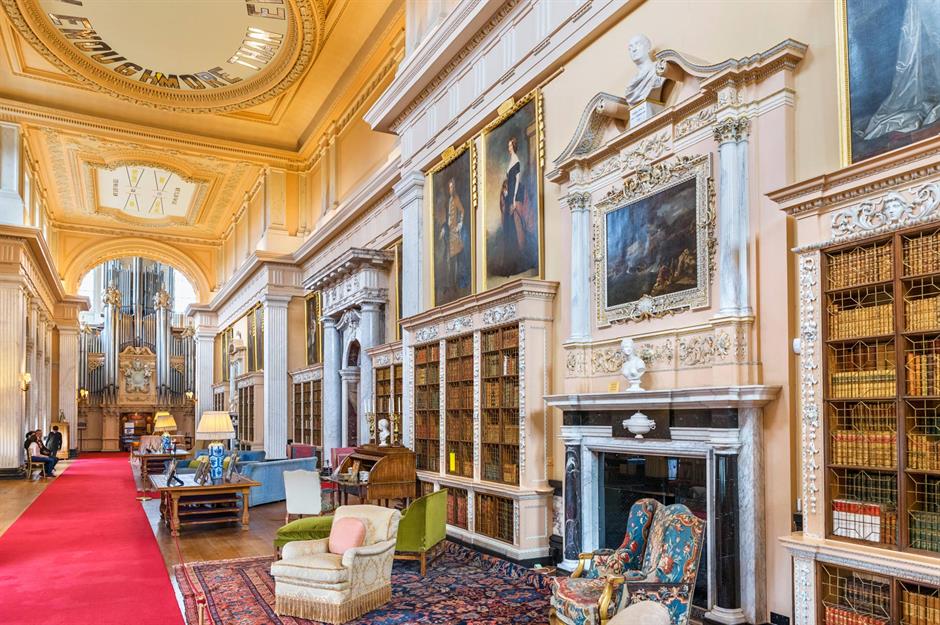
The centuries-old palace is filled with surprises including the Long Library (pictured): touted as the second-longest room in England, it's home to more than 10,000 books. Another palace treasure is the Marlborough Tapestries, which depict a string of battles (each won by John Churchill) in the early 1700s.
The state rooms, formal gardens and trails here are well worth seeing for yourself.
Falkland Palace, Fife, Scotland
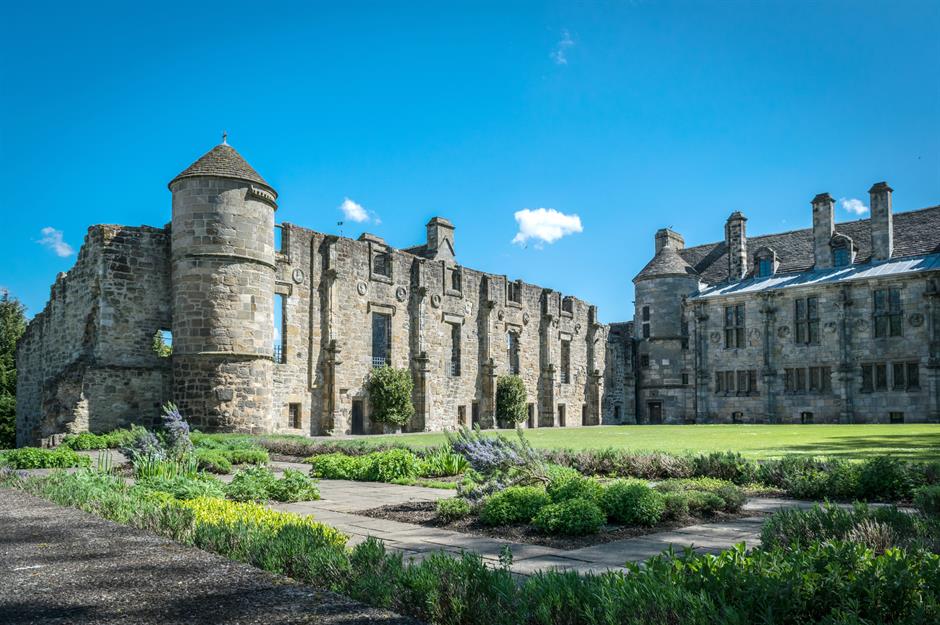
Reminiscent of a French château, this Renaissance palace, now conserved by the National Trust for Scotland, was dreamed up with pleasure in mind. Once a hunting lodge, it was made into a palace by James IV during the early 16th century.
It later became a beloved retreat for Mary, Queen of Scots, who would relax here and enjoy various outdoor pursuits from hunting to falconry.
Falkland Palace, Fife, Scotland
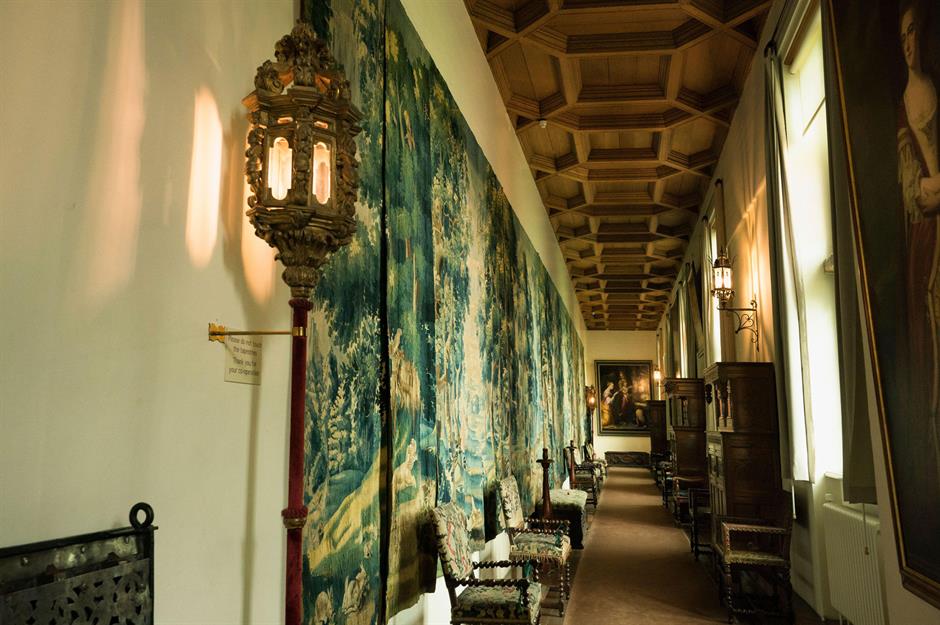
The palace is particularly proud of its preserved royal tennis court, which is one of the oldest in the world, and the grounds are also home to a beautiful labyrinth of live willows and a historic orchard. Inside, the interior is all tapestried walls and antique furniture.
Cardiff Castle, Cardiff, Wales

It may be a castle by name, but this is a palace by nature, home to some of Britain's most opulent State Apartments. Cardiff Castle began life as a Roman fort, thought to have been built around AD 50.
It then passed into Norman hands, before coming under the control of the affluent Bute family, who transformed it into 'a Neo-Gothic dream palace', complete with a banqueting hall and a luxurious library.
Cardiff Castle, Cardiff, Wales
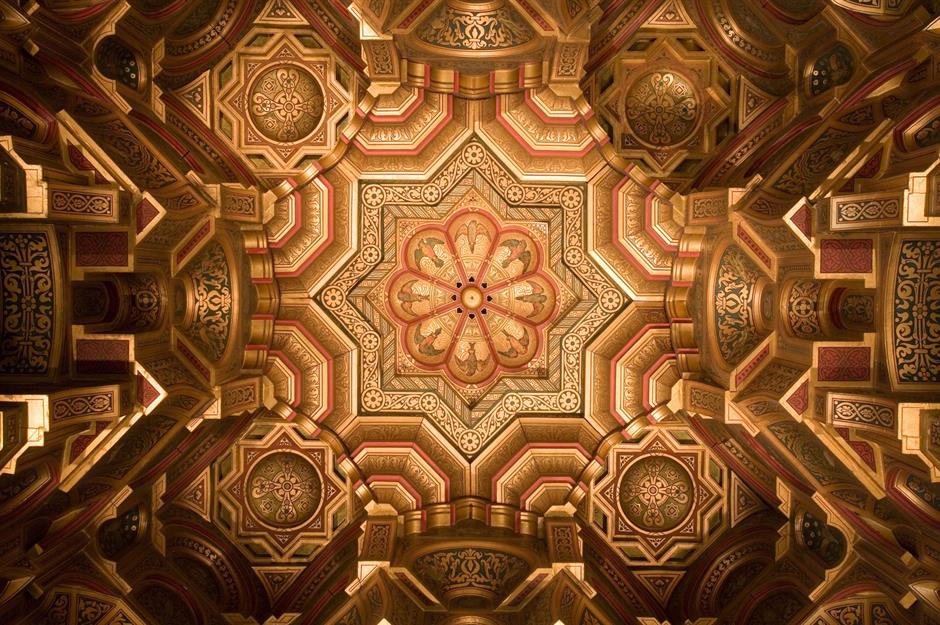
The opulent influence Lord Bute and his family had on the castle is still evident today and the interiors remain wonderfully elaborate. The 19th-century Clock Tower is another striking sight and it's filled with stunning palatial rooms too.
Apethorpe Palace, Northamptonshire, England

The future of Apethorpe Palace once looked uncertain. On the market for six years, between 2009 and 2015, this Jacobean estate had fallen into disrepair. However, a cash injection of £8 million ($10.5m) from English Heritage and its acquisition by French diplomat Jean Christophe Iseux, Baron von Pfetten, saw Apethorpe returned to its former glory.
Apethorpe Palace, Northamptonshire, England

Though privately owned by Baron von Pfetten, the palace opens to the public for guided tours each summer. A guided tour of the palace gives visitors the chance to learn of its former royal owners: its proprietors have included Henry VIII and Elizabeth I, and it was also inhabited by both James I and Charles I.
Architecture lovers will appreciate the Long Gallery, with its wood panelling and decorated fireplaces, while the lush courtyards are a pleasant place to relax.
The Royal Palace at Edinburgh Castle, Scotland
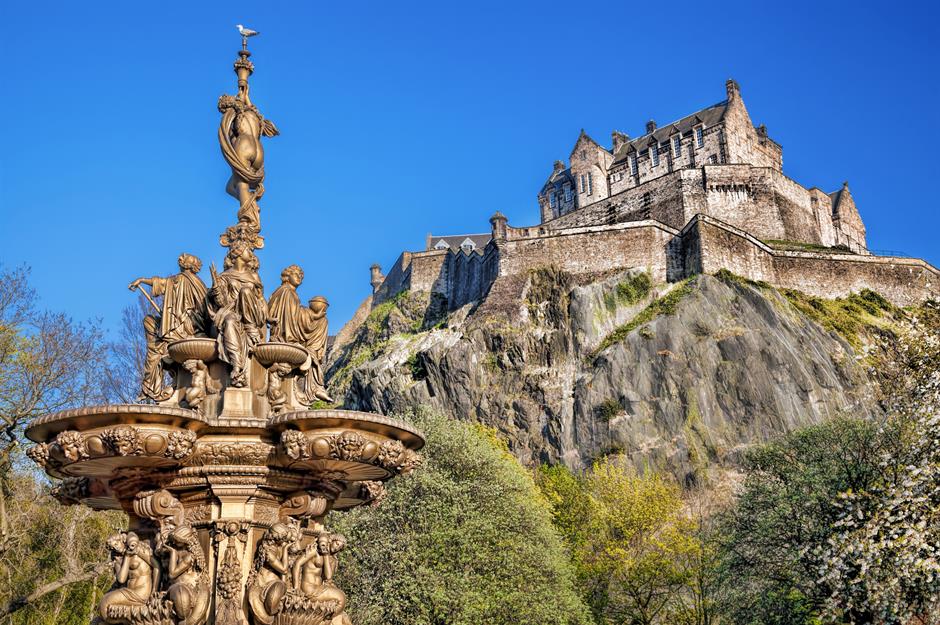
Rising above Scotland's capital on its bed of mossy rock, Edinburgh Castle has long been a symbol of the city, and the Royal Palace within remains one of the highlights. The castle dates back to the 12th century, with monarchs such as Mary, Queen of Scots and her son James VI once calling it home.
The last monarch to overnight here was Charles I, the day before he became king.
The Royal Palace at Edinburgh Castle, Scotland
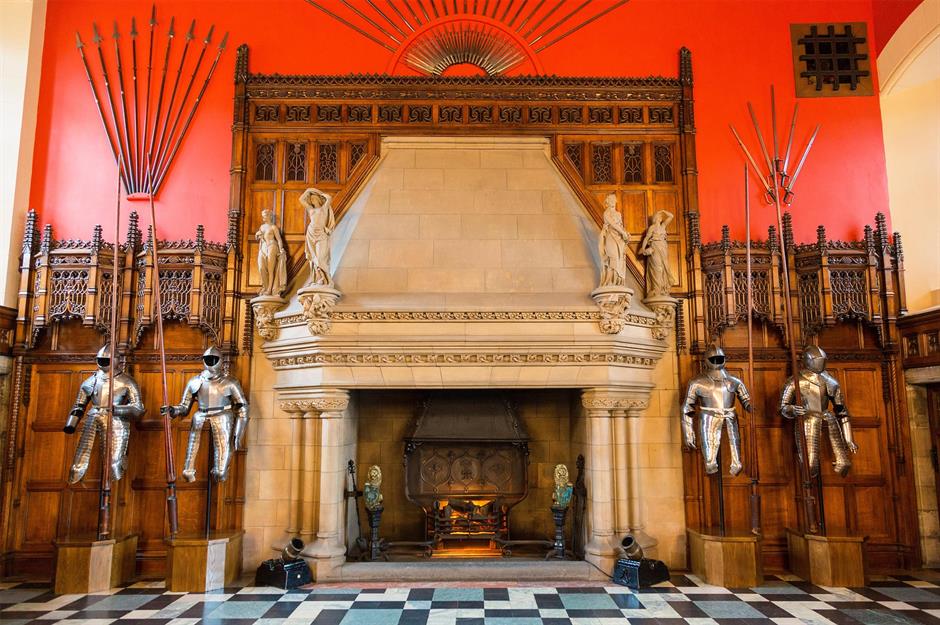
The Great Hall (pictured), built for James IV in 1511, is the palace's glorious centrepiece, with weapons and armour on display. The Stone of Destiny, a hunk of red sandstone and a historic symbol of the Scottish monarchy – Edward I even had it built into his throne during his reign in the 13th century – was on show here but was moved to Perth Museum in 2024.
The Honours of Scotland, the oldest Crown Jewels in Britain, can still be found in the Royal Palace's Crown Room though. The castle is usually open all year (bar Christmas, Boxing Day and New Year's Day) with guided and audio tours available.
Hampton Court Palace, London, England
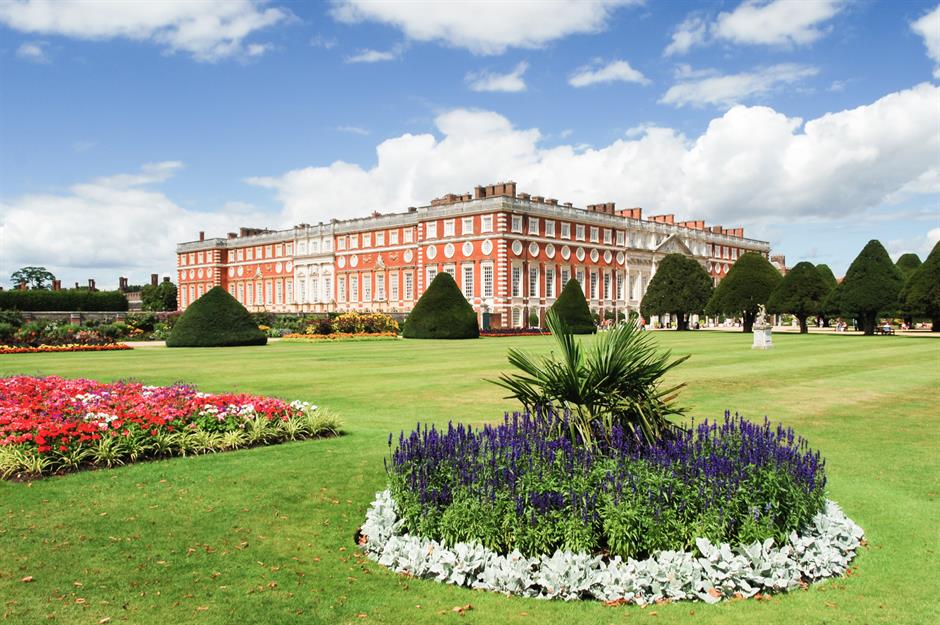
This fine Tudor palace in Richmond upon Thames dates right back to the 16th century. Its building was begun by Cardinal Thomas Wolsey, who took a medieval manor house and set about converting it into a head-turning palace that was ambitious for its day.
Such was its magnificence that King Henry VIII moved himself into the building less than four years after its completion, further renovating it to his liking.
Hampton Court Palace, London, England
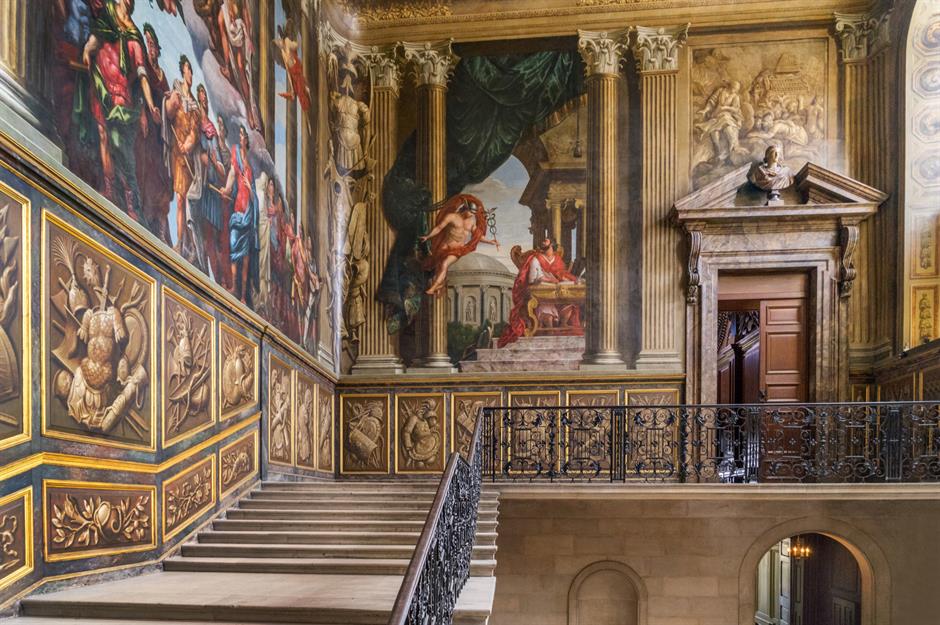
When William III and Mary II came to power in the 1600s, they too made their mark on the palace, rebuilding parts in the Baroque style between 1689 and 1694. Visitors can usually come to take in the splendid architecture, and get a glimpse into the Tudor and Stuart eras and beyond.
The Hampton Court Palace Festival, a week-long jamboree of live music and picnic food, takes place every June.
Dalkeith Palace, Midlothian, Scotland
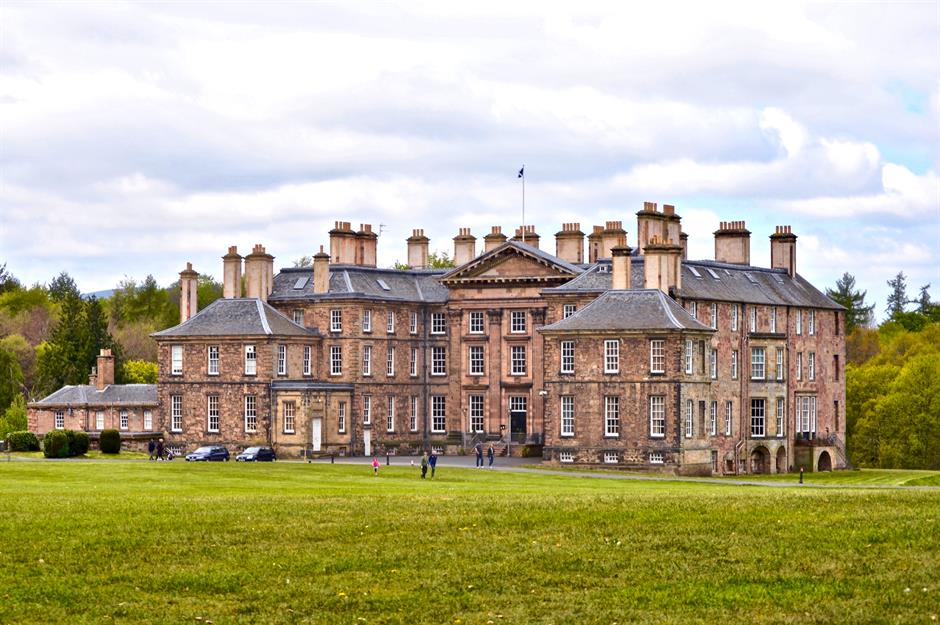
This palace close to Scotland's capital city was first built in 1702 for Duchess Anna Scott, the widow of James Scott, the 1st Duke of Monmouth and Buccleuch. It was modelled on Het Loo, a lavish palace in the Netherlands, and it bears a similar Dutch Baroque façade.
Handsome Dalkeith has been used to entertain numerous royal guests over the centuries, including King George IV and Queen Victoria, and it still remains in the Buccleuch family today.
Dalkeith Palace, Midlothian, Scotland

The sweeping grounds are the star of Dalkeith Palace – the protected woodlands here include some trees that are more than 900 years old. The Dalkeith Park Conservatory, or Orangerie (pictured), is particularly beautiful too: Jacobean in design, its carved columns and ornate chimney have been spruced up with repairs in recent years.
Beaulieu Palace House and Abbey, Hampshire, England
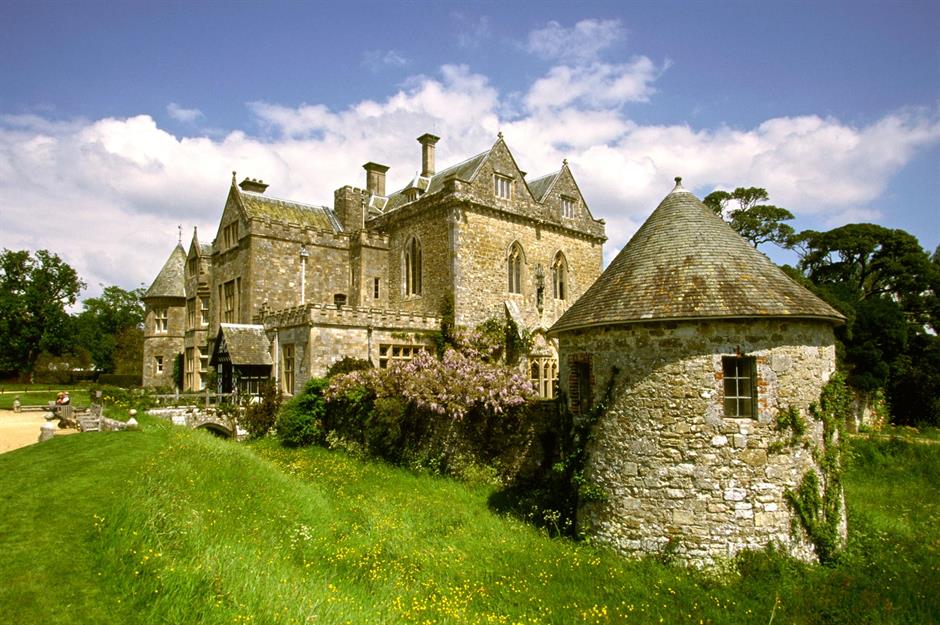
This castle-like structure dates back to the 13th century, though the Victorian influence is most evident today. A long line of Dukes and Duchesses have called the palatial house home, and it has been owned by the Montagu family since 1538.
It's now also recognised as one of the 10 'Treasure Houses of England', who preserve historic estates around the country.
Beaulieu Palace House and Abbey, Hampshire, England
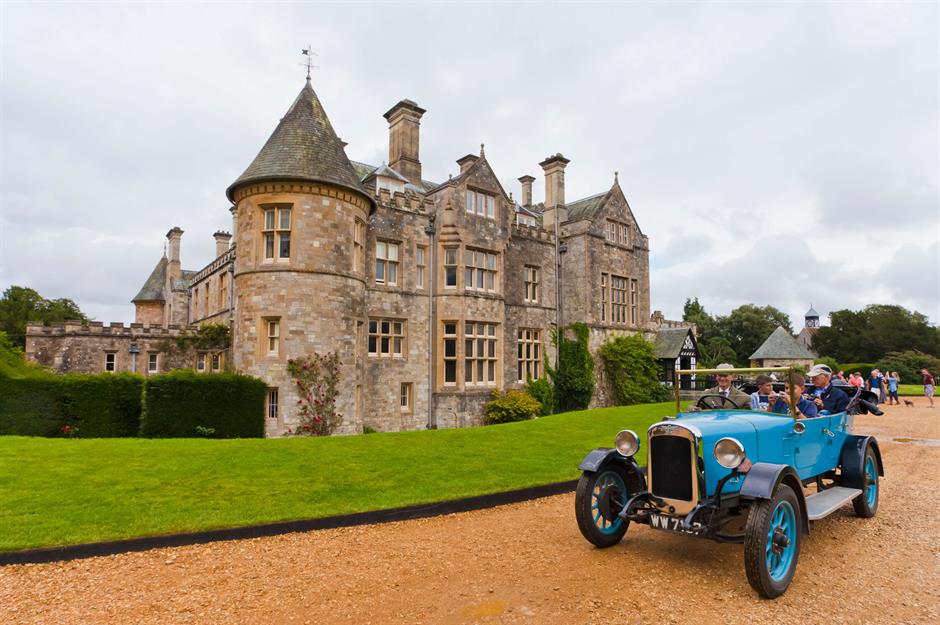
The palace today includes a restored Victorian kitchen and a plush library, plus the remains of 13th-century Beaulieu Abbey, which the estate was built around. The grounds, in the heart of the New Forest, are also home to the National Motor Museum, which showcases some 280 vintage vehicles.
Beaulieu Palace, with its recently refurbished rooms, is open daily from 10am (except on Christmas Day).
Windsor Castle, Windsor, London
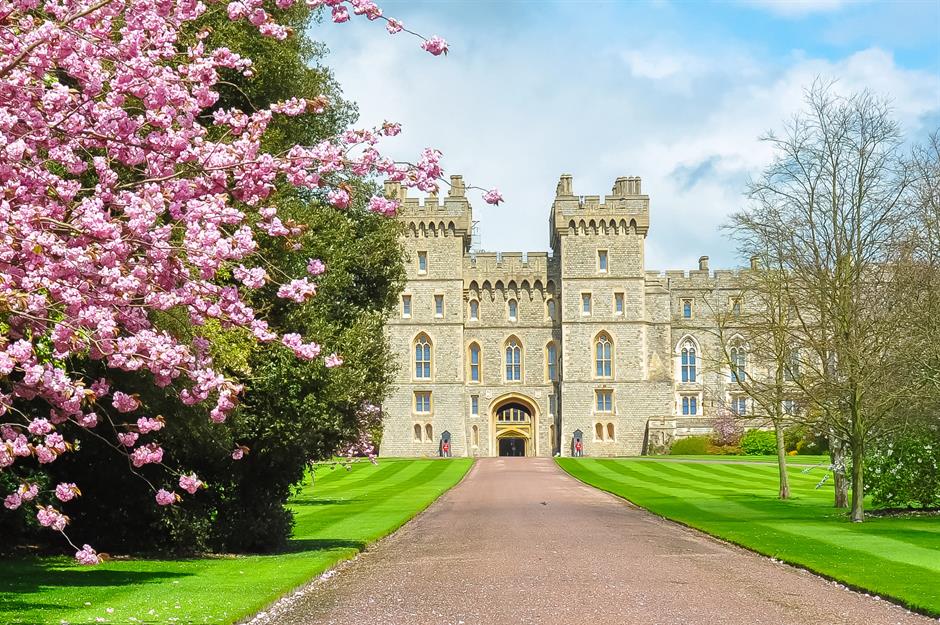
Proudly touting itself as the 'oldest and largest occupied castle in the world', Windsor Castle was the favourite weekend bolthole of Queen Elizabeth II. It has been home to 40 monarchs in its long history.
Established in the 11th century by William the Conqueror, the castle possesses no end of treasures, from the string of State Apartments (envisioned by Charles II) to Queen Mary's Doll House, a miniature representation of a 1920s residence designed by Sir Edwin Lutyens.
Windsor Castle, Windsor, London
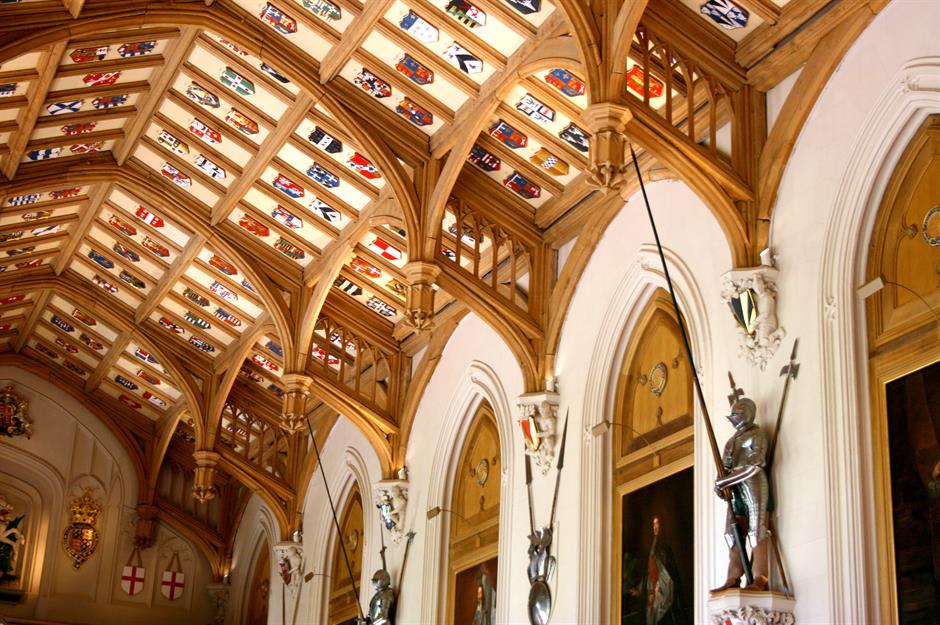
Tourists can explore the castle year-round but, since it's a working royal residence, it may be closed at times for special events with little forward notice. The castle's St George's Chapel was the venue for the 2018 wedding of Prince Harry and Meghan Markle, followed by a reception in St George's Hall (pictured).
The final resting place of Queen Elizabeth II can be found at the castle's King George VI Memorial Chapel. Britain's longest-reigning monarch, who was on the throne for 70 years, is buried alongside her parents, sister and husband.
Now discover the secrets of the world's most unusual royal buildings
Comments
-
REPORT This comment has been reported.
Do you want to comment on this article? You need to be signed in for this feature
08 January 2021